Artificial Intelligence: Test Your Knowledge!
KnowledgeOne
OCTOBER 6, 2023
Artificial intelligence (AI) capable of generating original content, whether text, image, audio, or video, in response to a user request is known as “generative.” Generative AI applications increasingly tend to be… A) multi-generational B) multimodal C) multitasking D) sentient CORRECT ANSWER B. True or false?


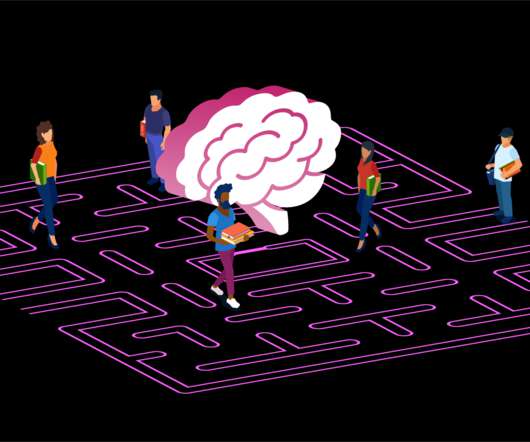



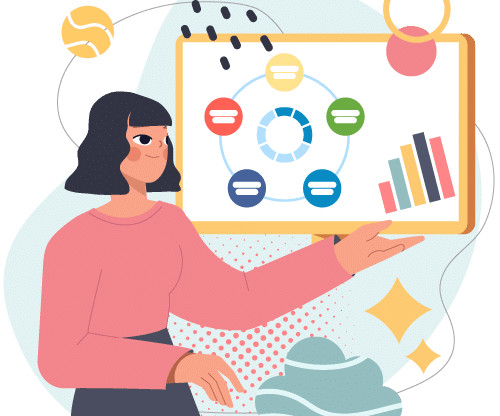
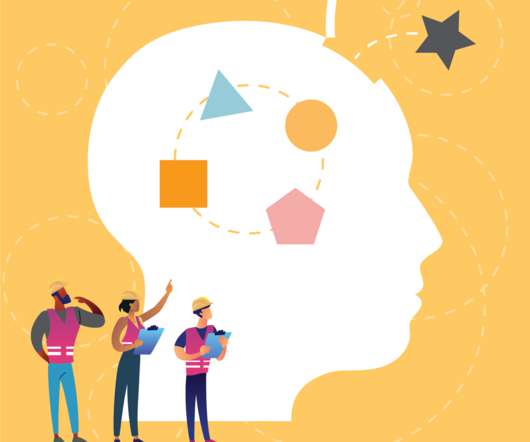

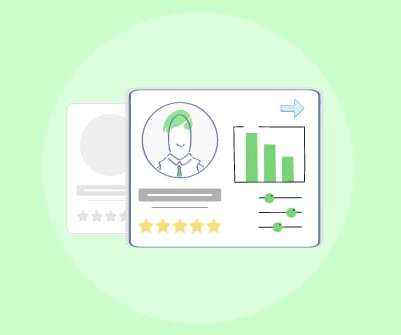
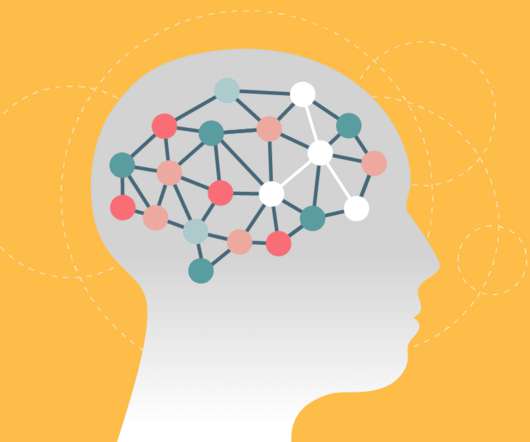
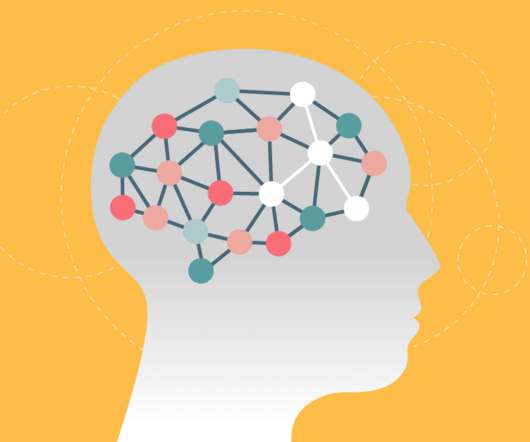











Let's personalize your content